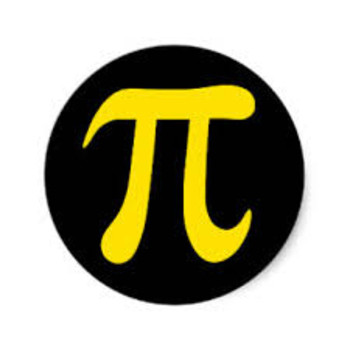What is sine, cosine and tangent?
4 Answers
Underlying principles explained over 3 solution sheets
This is sheet 1
Explanation:
There are two extremely important things to remember about the Trigonometric facts you have been shown.
'~~~~~~~~~~~~~~~~~~~~~~~~~~~~~~~~~~~~~~~
There are various saying around that try to help you remember the order and relationships. I use SohCahToa. I will explain this very soon.
Let us look at some numbers. Consider
If you multiply by 1 you do not change its value. So
But suppose I write 1 as say,
Now I multiply
So:
'~~~~~~~~~~~~~~~~~~~~~~~~~~~~~~~~~~~~~~~~~~~~
Suppose we had
Suppose we made Opposite worth 3 and Hypotenuse worth 4. Then we would have:
What is
It is saying that; if you had a triangle where the length of the opposite is 1 then the length of the slope will be 0.75
If triangle 1 had
Then they are the same shape as the ratio is the same but triangle 2 is smaller. The opposite for triangle 1 is 3 long whilst the opposite for triangle 2 is only 0.74 long
'~~~~~~~~~~~~~~~~~~~~~~~~~~~~~~~~~~~~~~~~~~~~~~~~~~~
The thing is: Instead of writing
Underlying principles explained over 3 solution sheets
This is sheet 2
Explanation:
These ratios are given special names
By example
Let the angel
Then:
Consider: SohCahToa
Underlying principles explained over 3 solution sheets
This is sheet 3 of 3
Explanation:
Soh
Cah
Toa
Observe that we need the height (0pposite) and that we have the size of the base (adjacent). So we need a ratio that includes these. Notice that this is the tangent (tan)
So this is Toa (form SohCahToa)
So the tangent
We observe that opposite is not given so we use a letter, say
We observe that adjacent = 2.5
We observe that the angle
So we end up with
We look up the value of tan(30) and find that it is 0.5774 to 4 decimal places. We substitute this for
so
To get
But
In basic trig we work with right-angled triangles.
Trig is all about COMPARING the lengths of the sides of triangles.
One way of comparing is by dividing. This will tell us if one side is 'half' as long as another, or one and a half times as long, and so on..
A well-known triangle has sides of 3cm, 4cm and 5 cm.
We can write down 6 different comparisons/divisions/fractions using these 3 values:
Each of these comparisons has a different name.
Three of the names are sine, cosine and tangent, depending which sides you divided.
Sine is answer that you get when you divide the length of the side opposite an angle by the hypotenuse. It always gives the same answer for a particular angle, no matter what the size of the triangle is.
For example, Sine 30° =
This tells us that for an angle of 30° in a triangle, the side opposite the 30° will always be half as long (50%) as the hypotenuse.
That is really useful to know.
These 'comparisons' are also known as the trig ratio's.



